The history of Sightsavers
Learn how a failed chemistry experiment changed Sir John Wilson’s life, inspiring him to fight for a more inclusive world
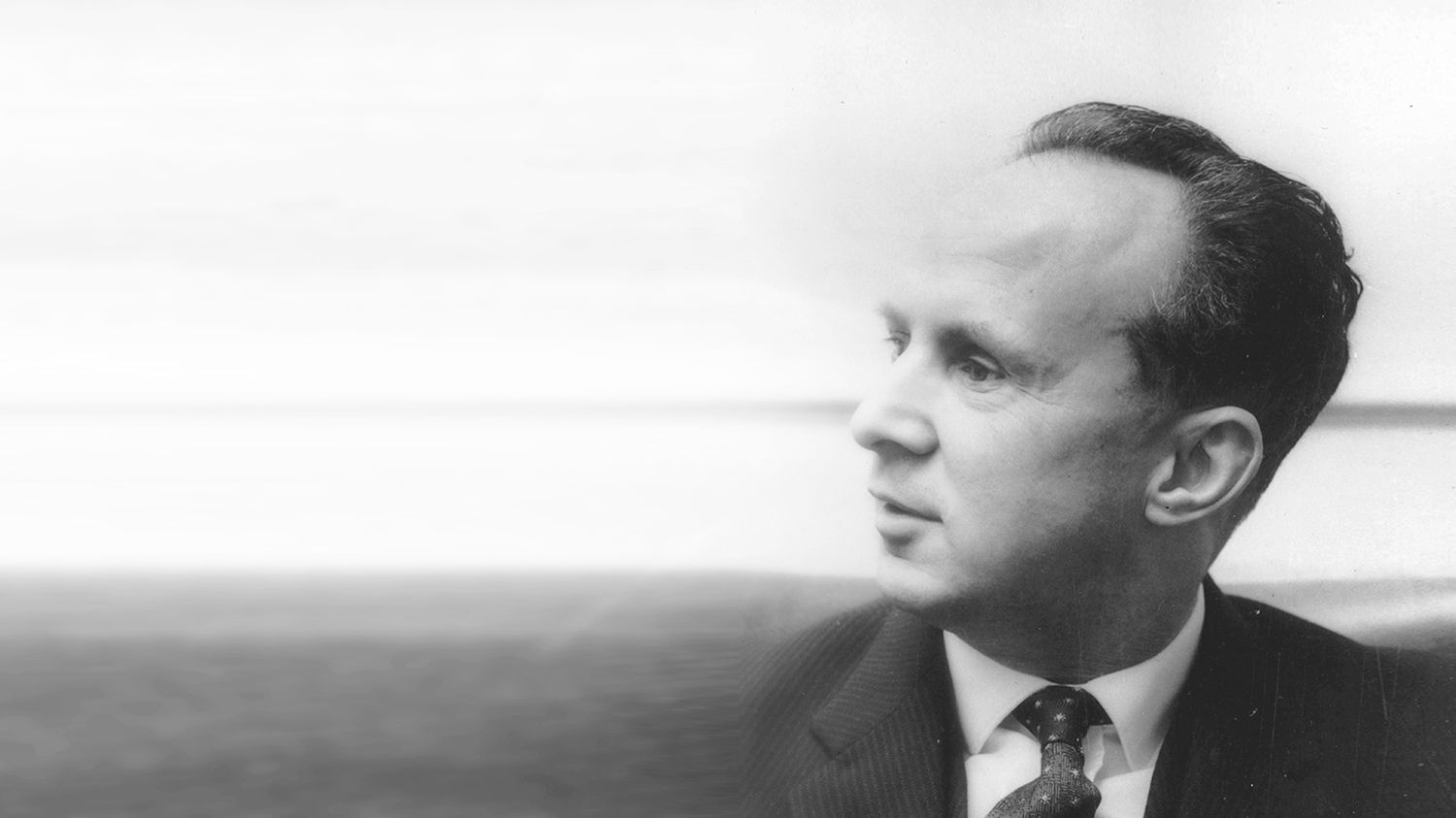
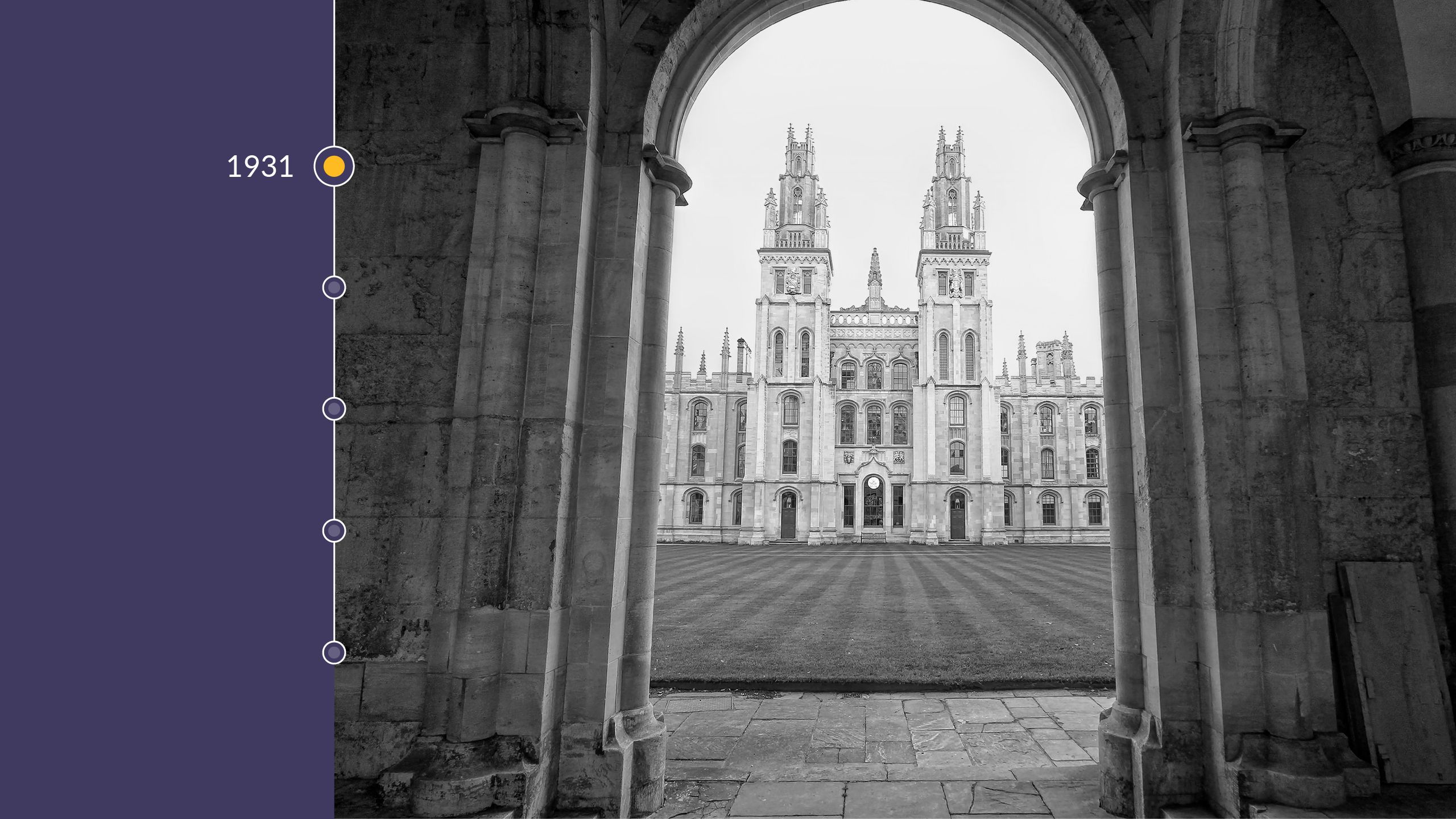
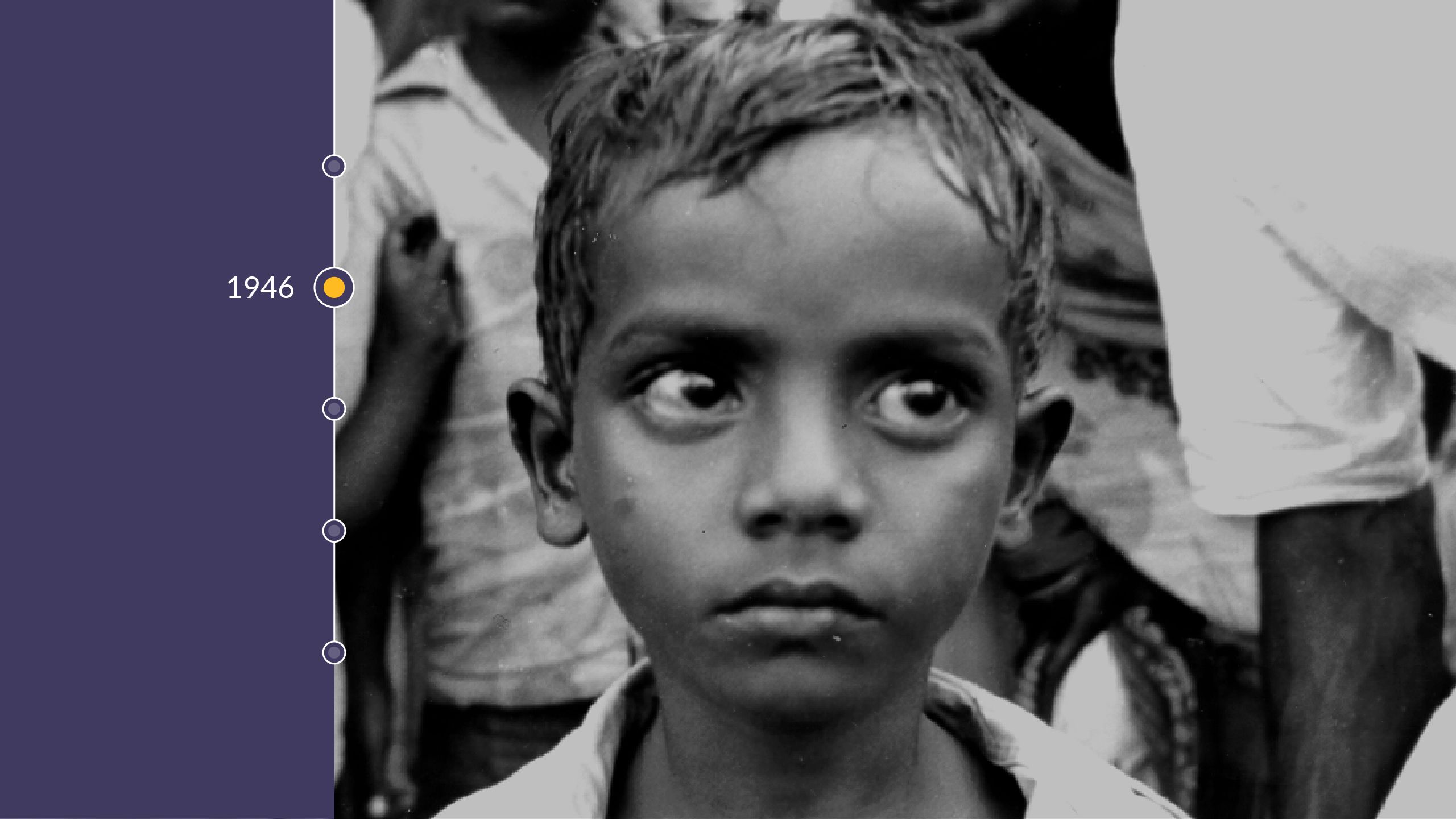
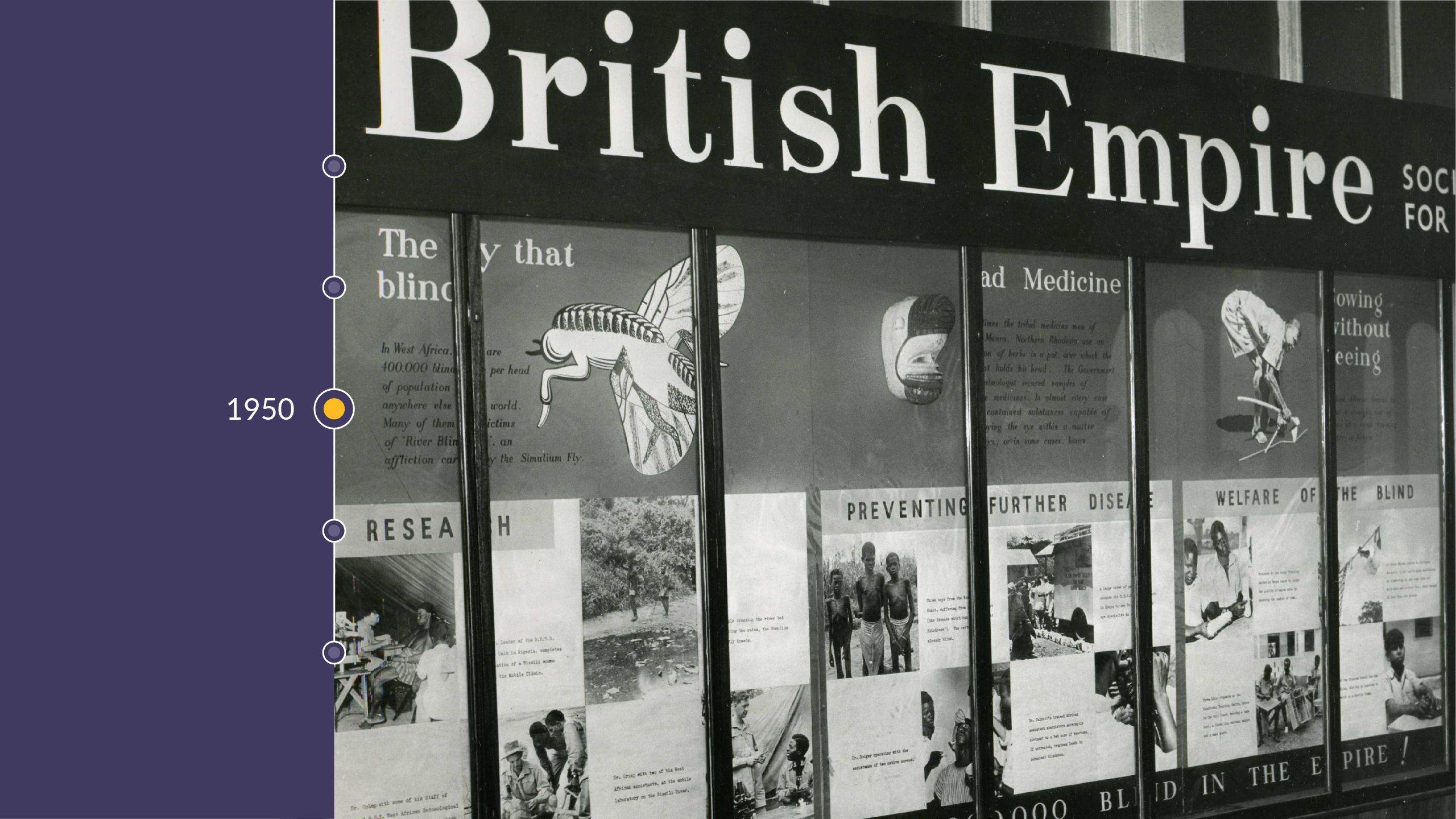
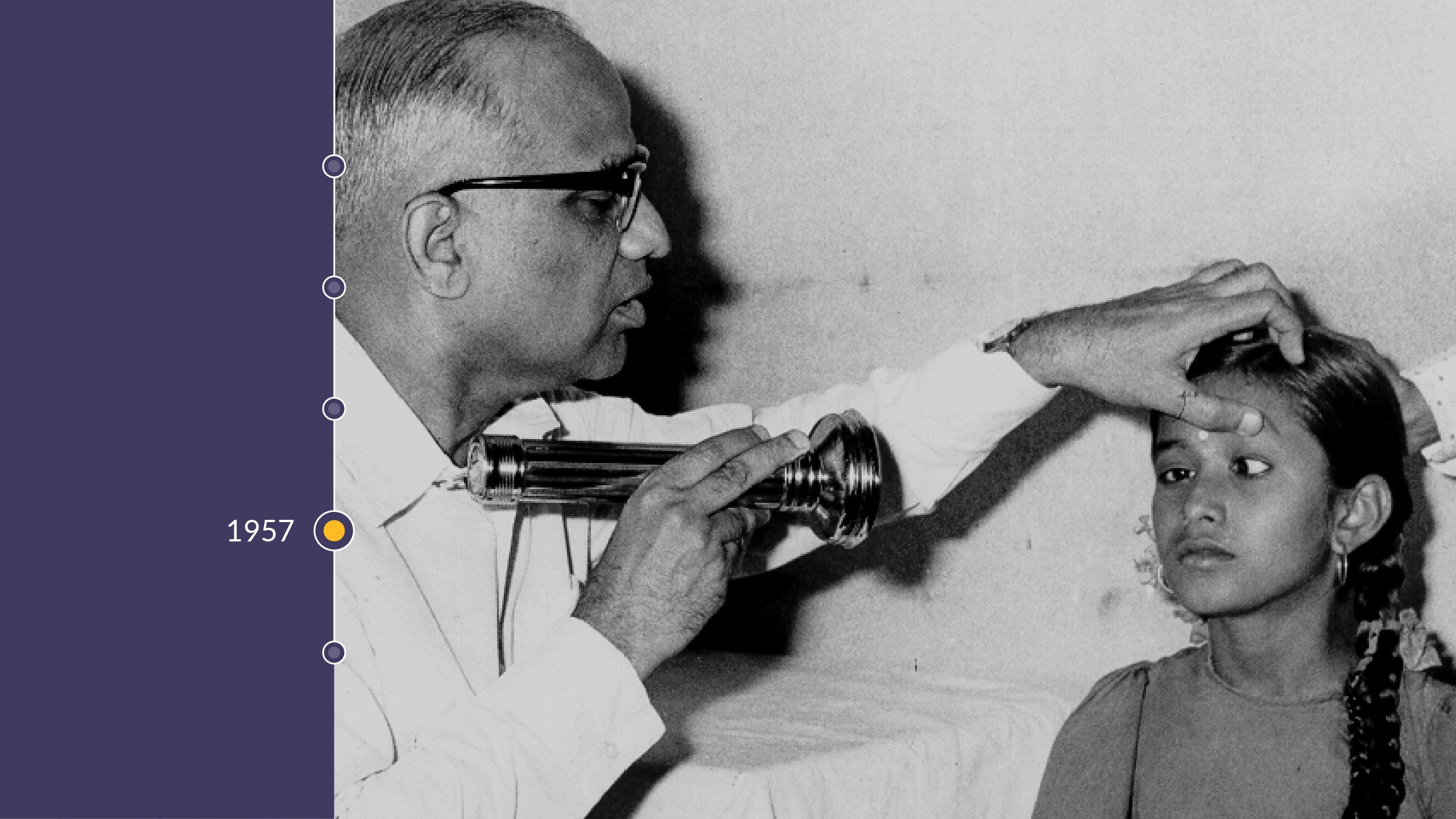
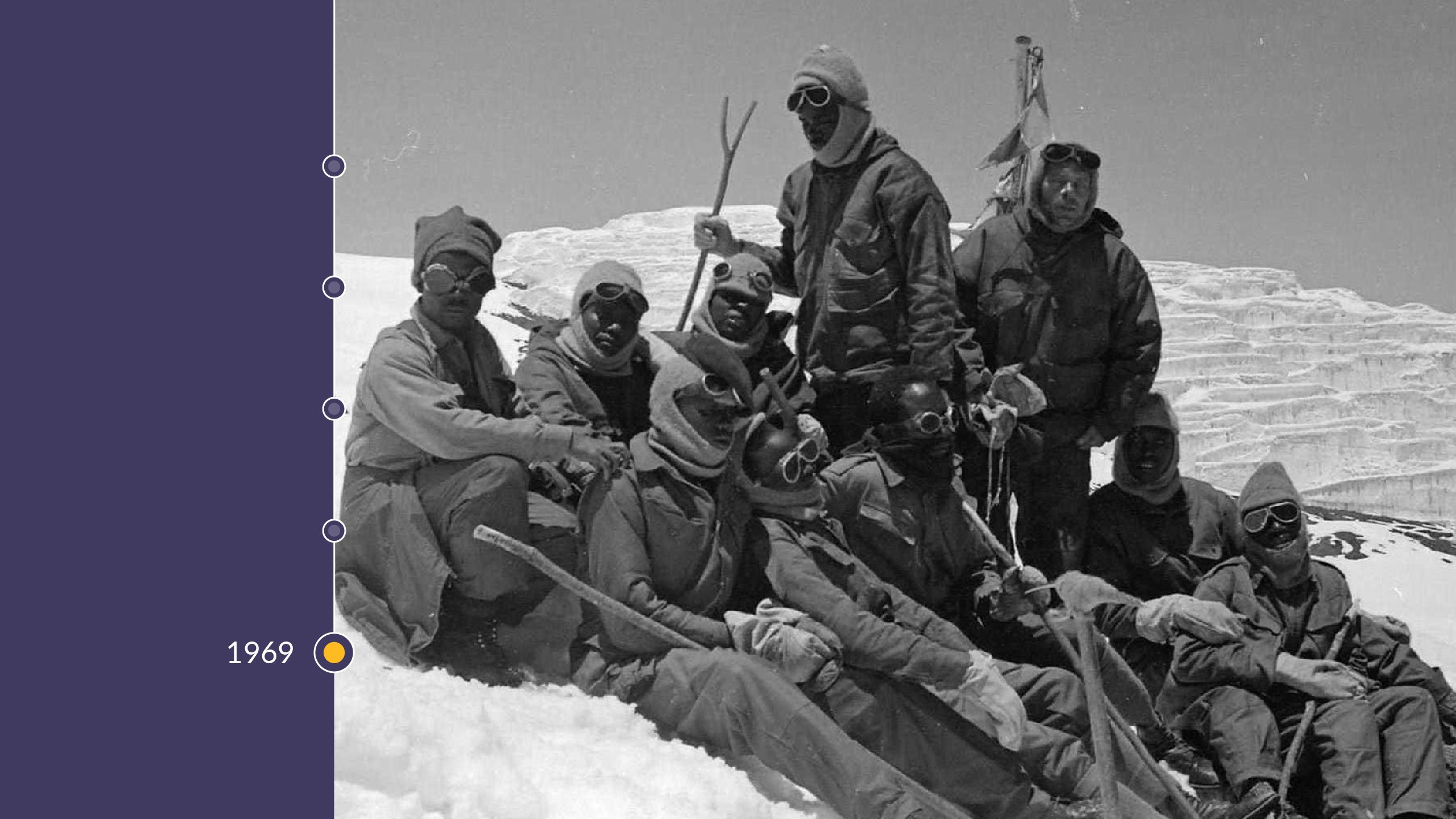
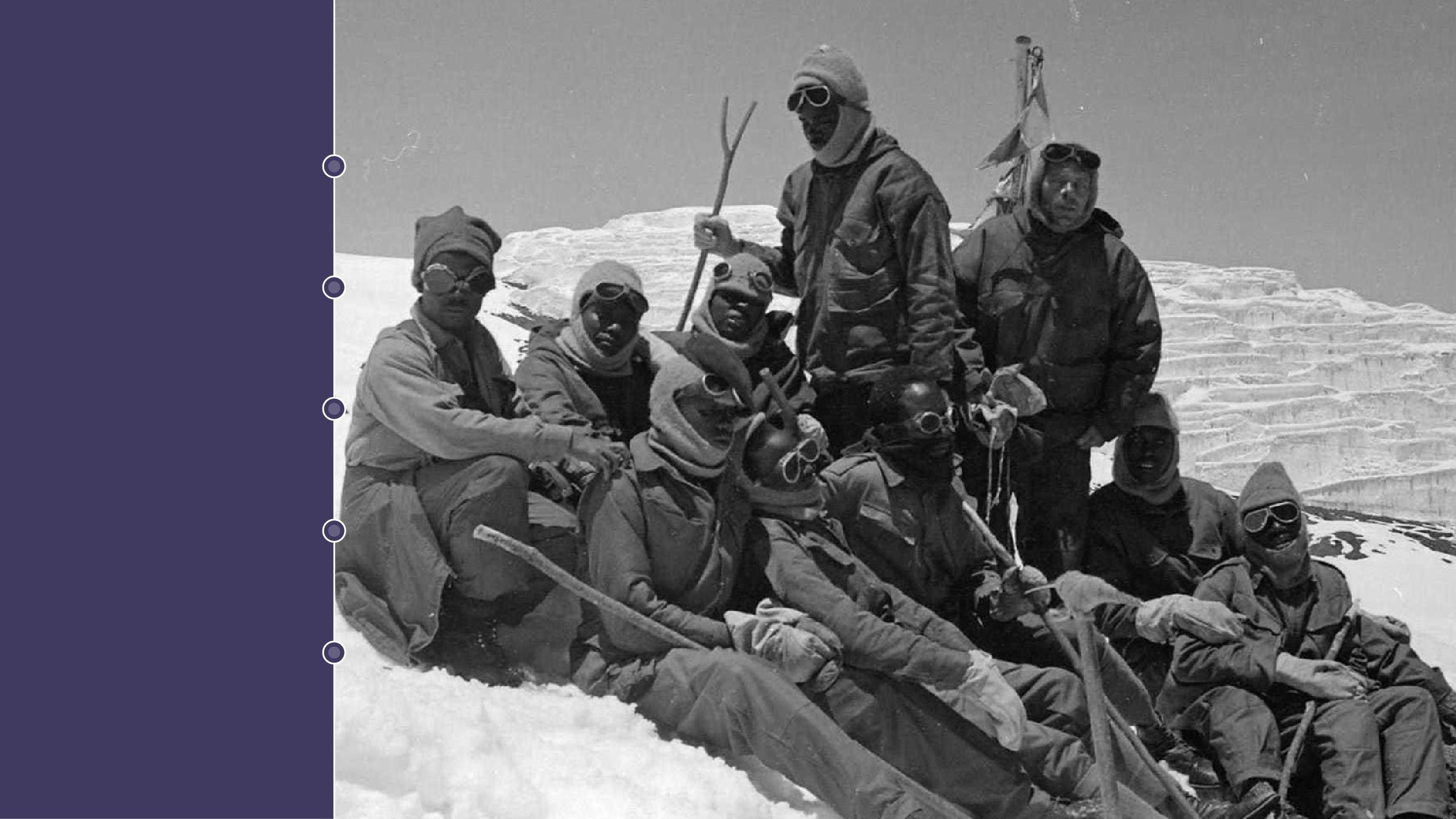
1931
Aged 12, John Wilson is blinded by an explosion during a chemistry lesson at Scarborough High School for Boys in the UK. He quickly accepts his blindness, and often refers to it as nothing more than a “confounded nuisance”. In the next decade, he goes on to study law at Oxford University and gets his first job, at the National Institute for the Blind.
1946
John embarks on a nine-month tour of Africa and the Middle East, and is shocked at the scale of blindness and the conditions in which he finds blind people living. He returns to the UK determined to do something about it.
1950
Sir John founds the British Empire Society for the Blind – the original name for Sightsavers. In its first year, the society forms national organisations for blind people in six countries, concentrating on education, rehabilitation and welfare.
1957
The organisation changes its name to the Commonwealth Society for the Blind and is given royal status by Queen Elizabeth II a year later, becoming the Royal Commonwealth Society for the Blind (RCSB).
1969
A team from the RCSB climbs Mount Kilimanjaro, accompanied by seven blind men from Kenya, Uganda and Tanzania. The aim is to encourage blind children to go to school by demonstrating what they can achieve, and marks Sightsavers’ first inclusive education project.
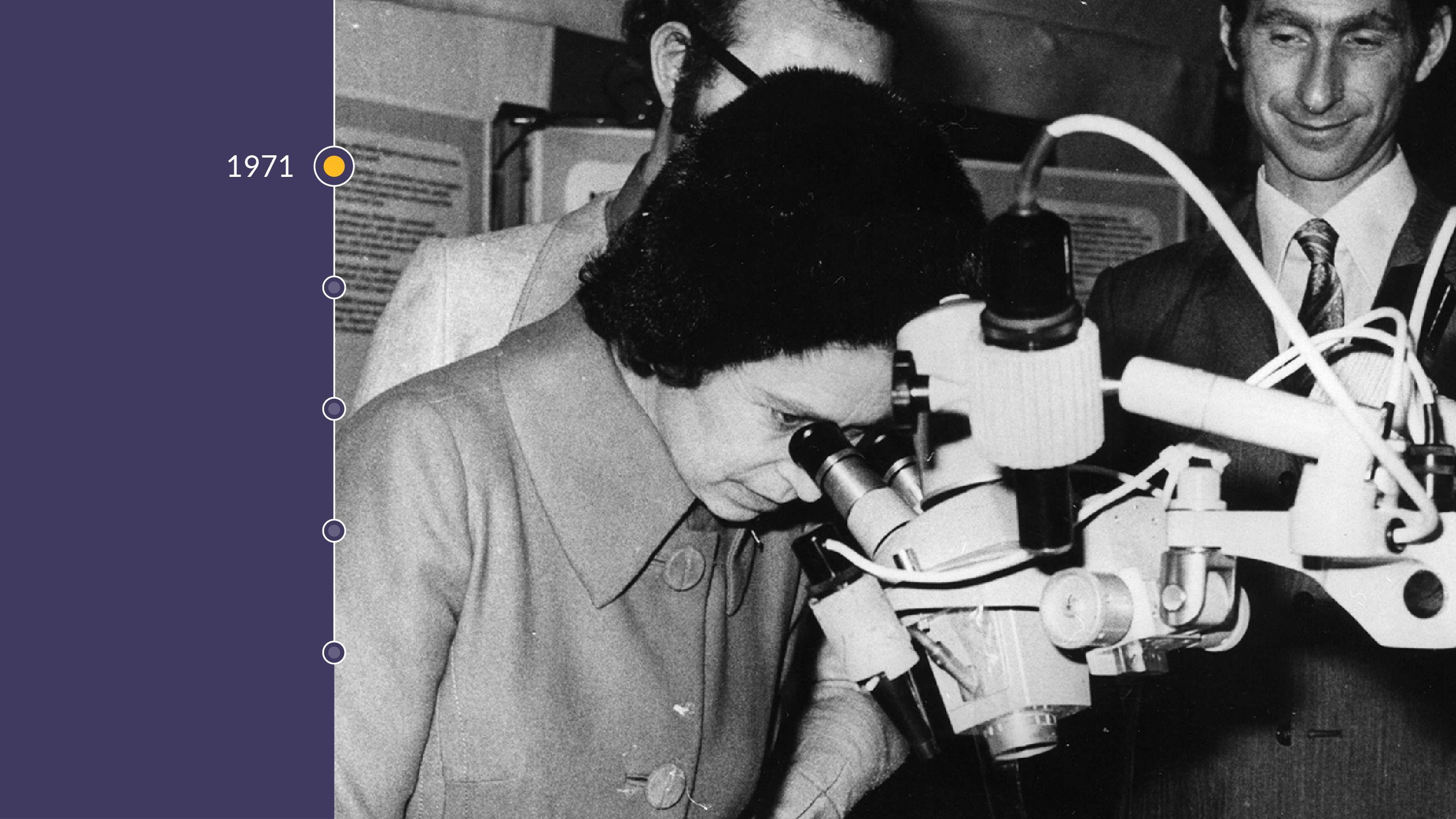
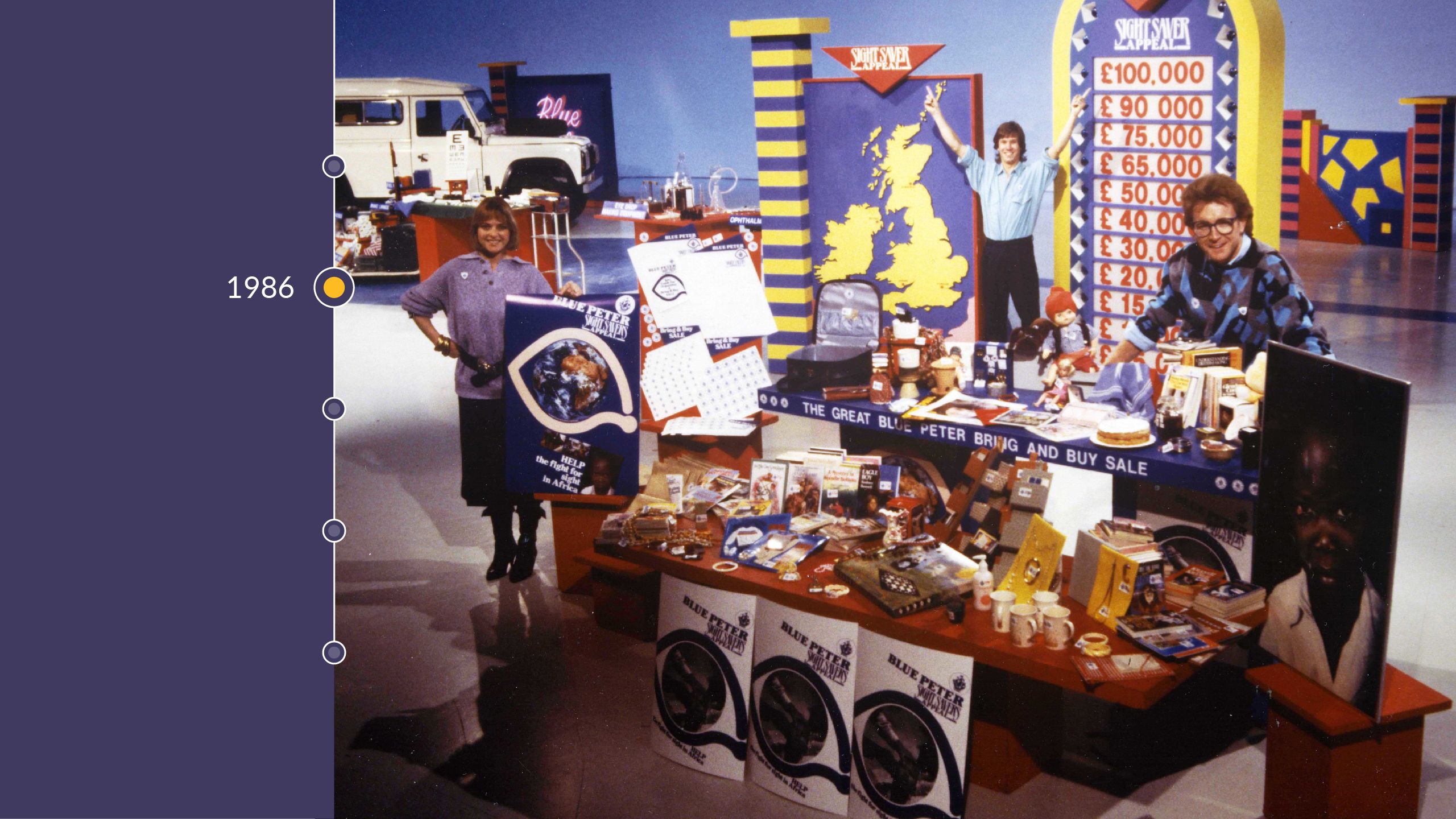
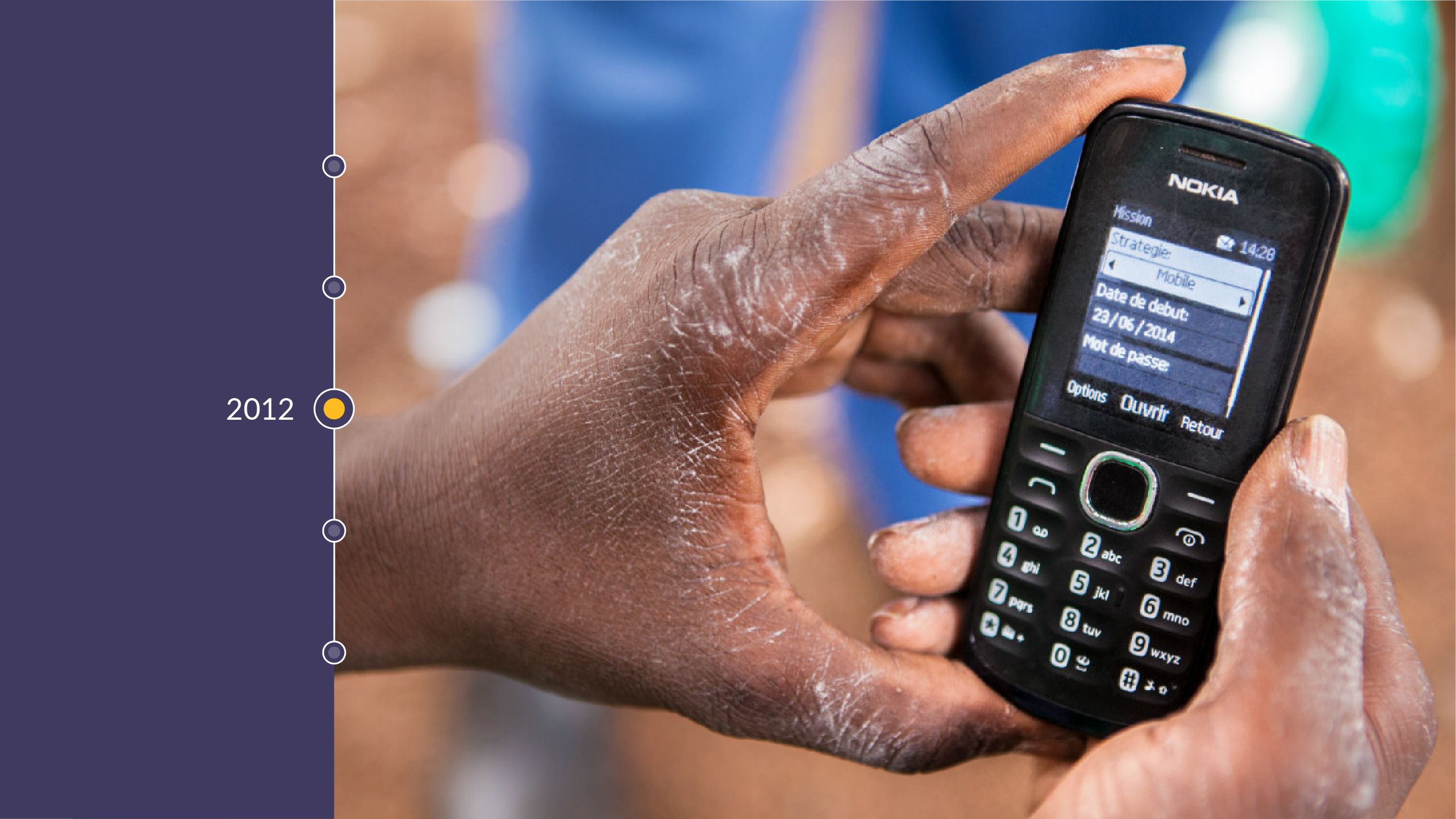
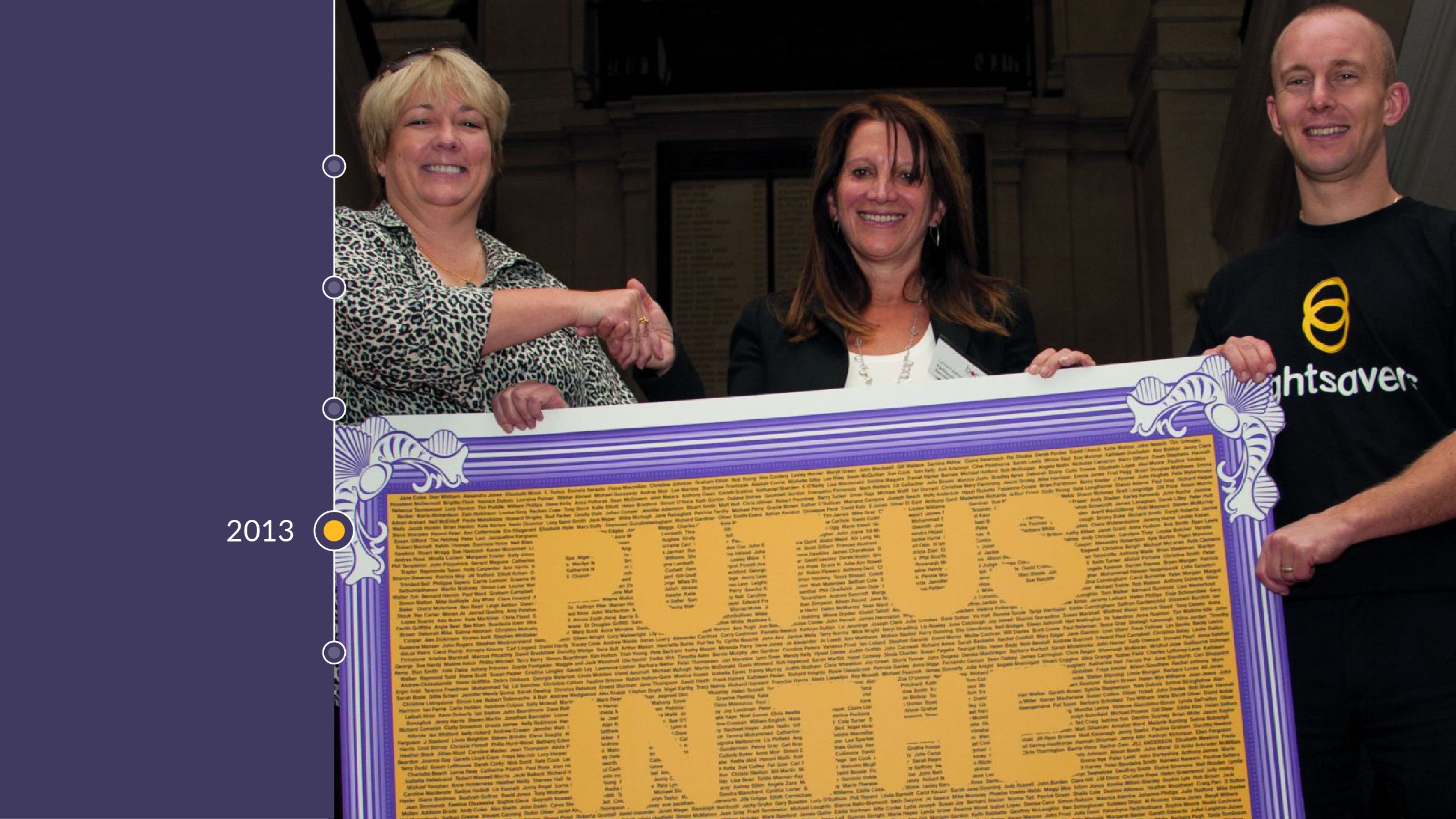
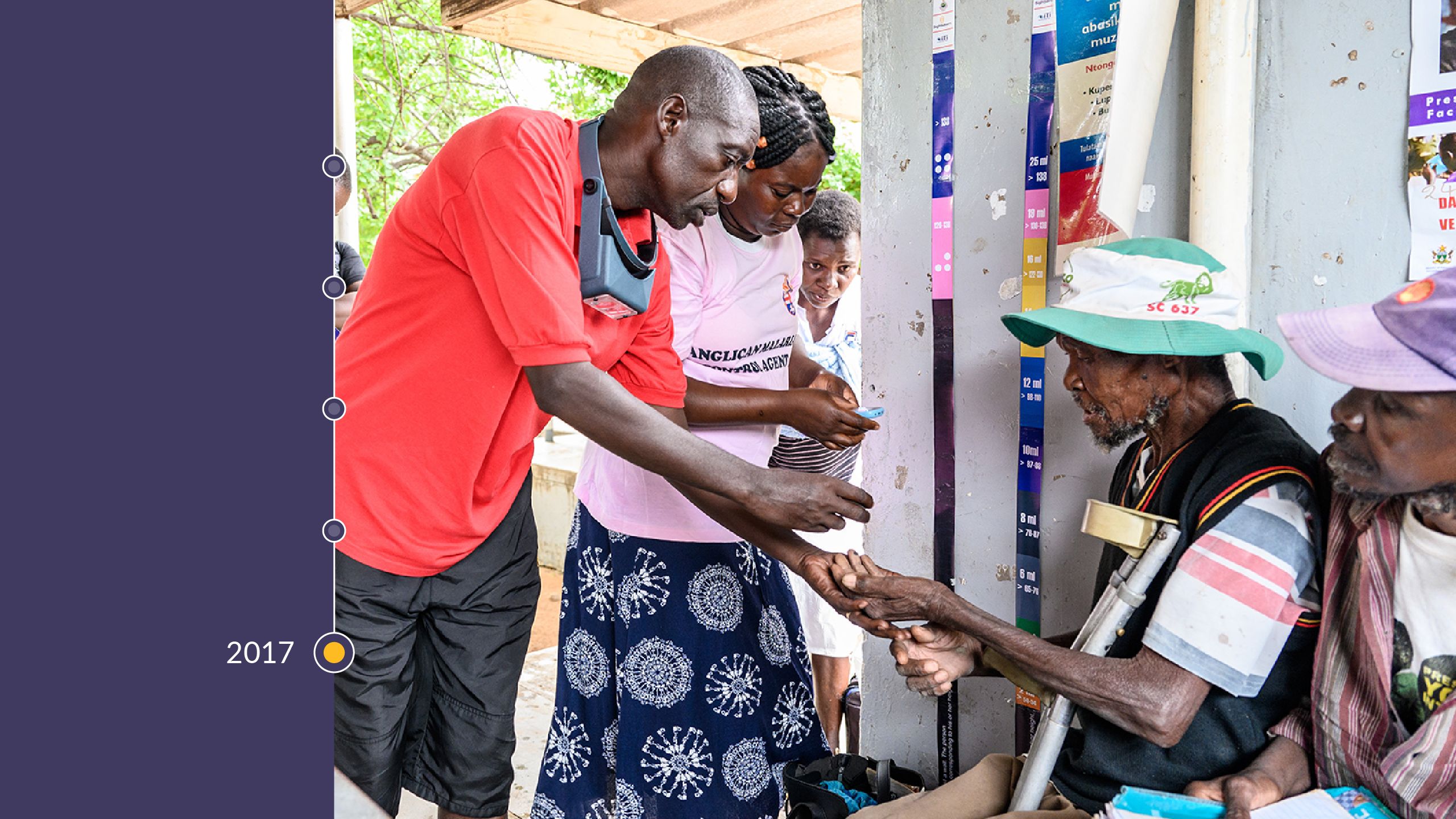
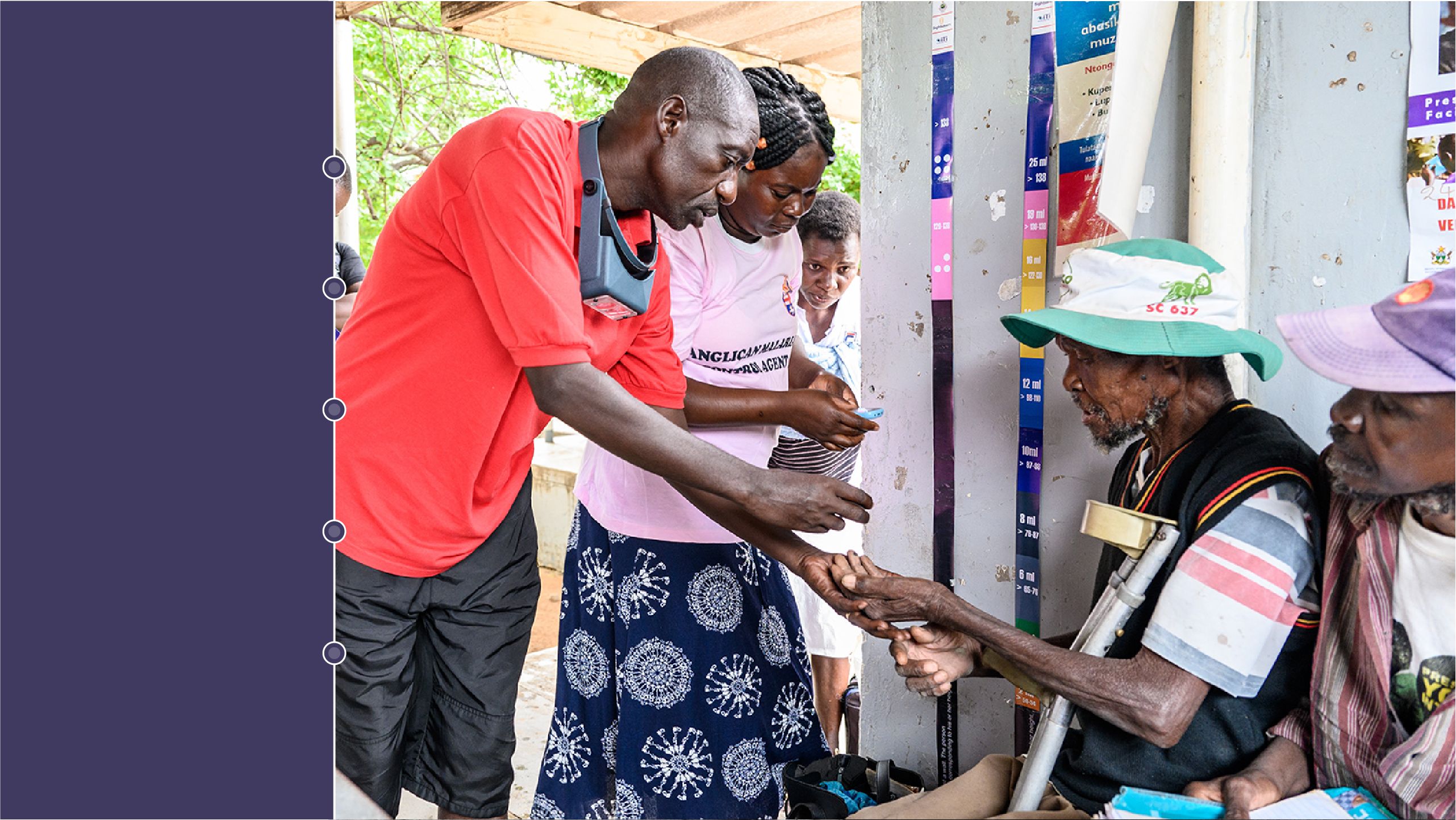
1971
The organisation moves from London to a new head office in Haywards Heath, in the south of the UK. Queen Elizabeth II attends the ceremony and officially opens the new building, named Commonwealth House.
1986
British children’s TV programme Blue Peter launches its ‘Sight Saver’ appeal, raising more than £2 million for eye care across Africa. The Royal Commonwealth Society for the Blind subsequently adopts the title Sightsavers. Read more about the appeal
2012
Sightsavers leads a consortium to set up the Global Trachoma Mapping Project (GTMP), which uses mobile phones to collect and transmit data about the spread of trachoma. The project was completed in 2015.
2013
Sightsavers launches its first policy campaign, Put Us in the Picture, calling for global development to be inclusive of people with disabilities. Successes include a 20,000-signature petition being delivered to the UK prime minister’s office at 10 Downing Street, and a photo exhibition being displayed in London, Dublin and New York.
2017
In December, Sightsavers celebrates its one billionth treatment for neglected tropical diseases. On average, 4.59 treatments are distributed every second.
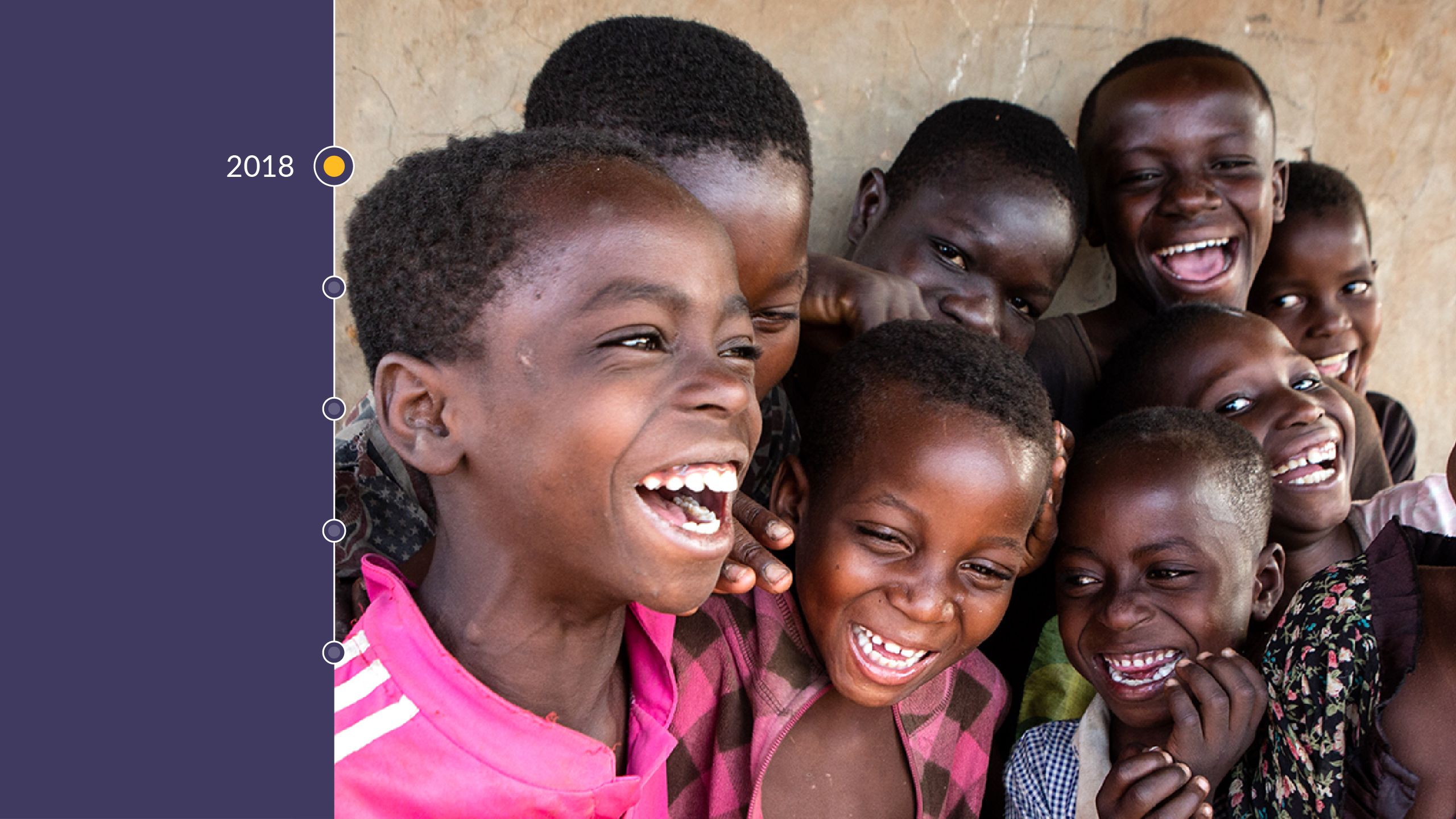
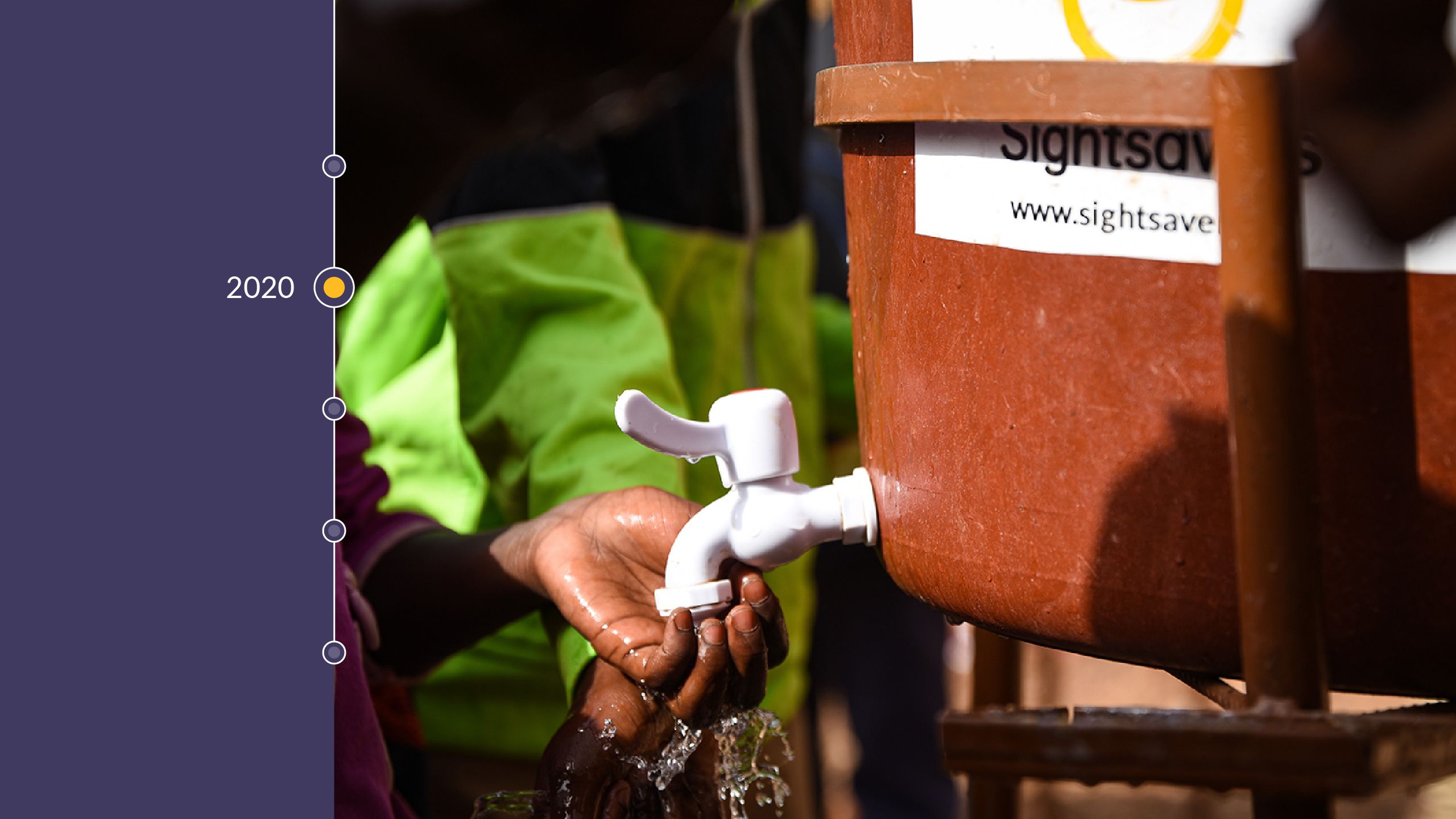
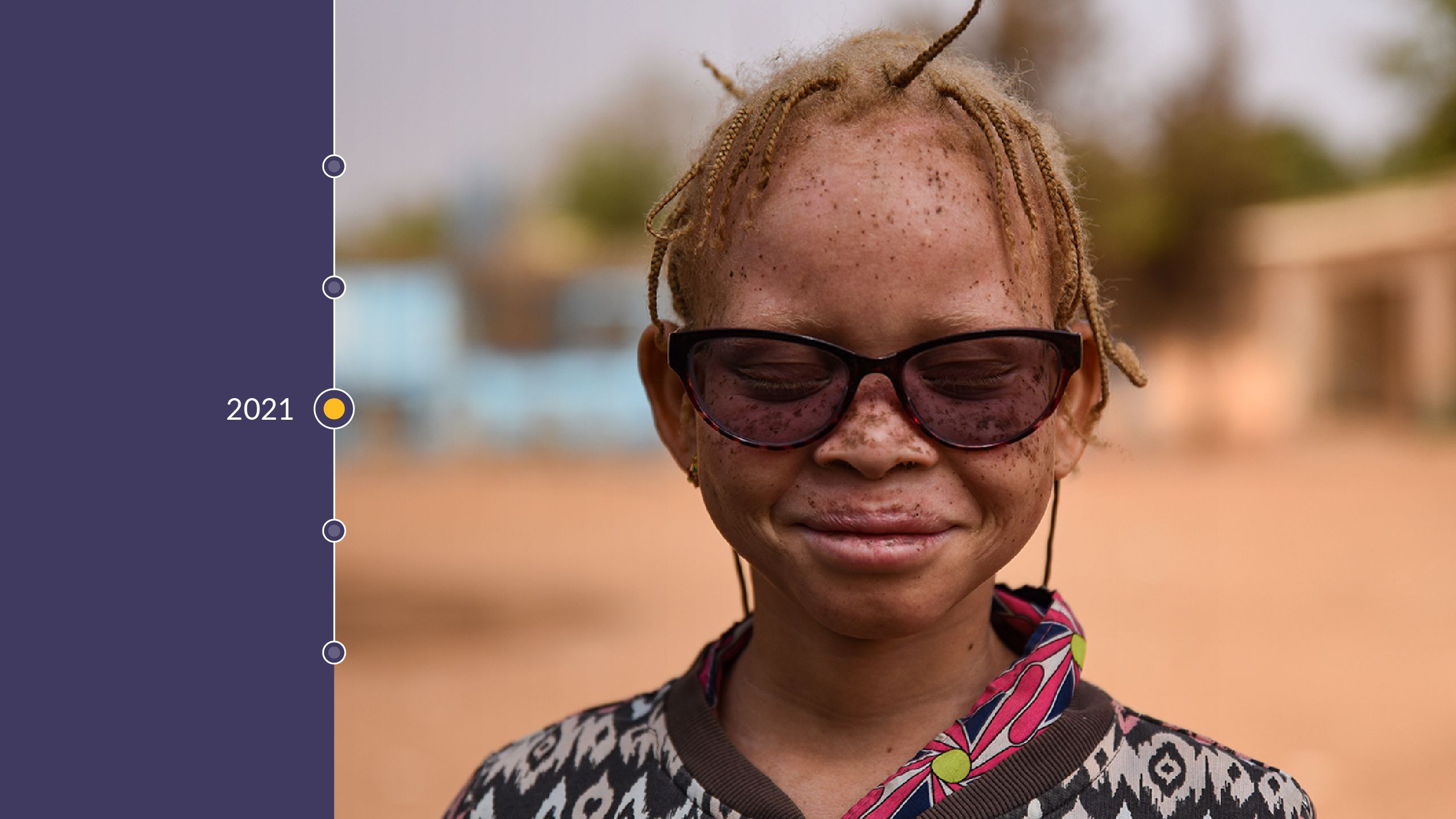
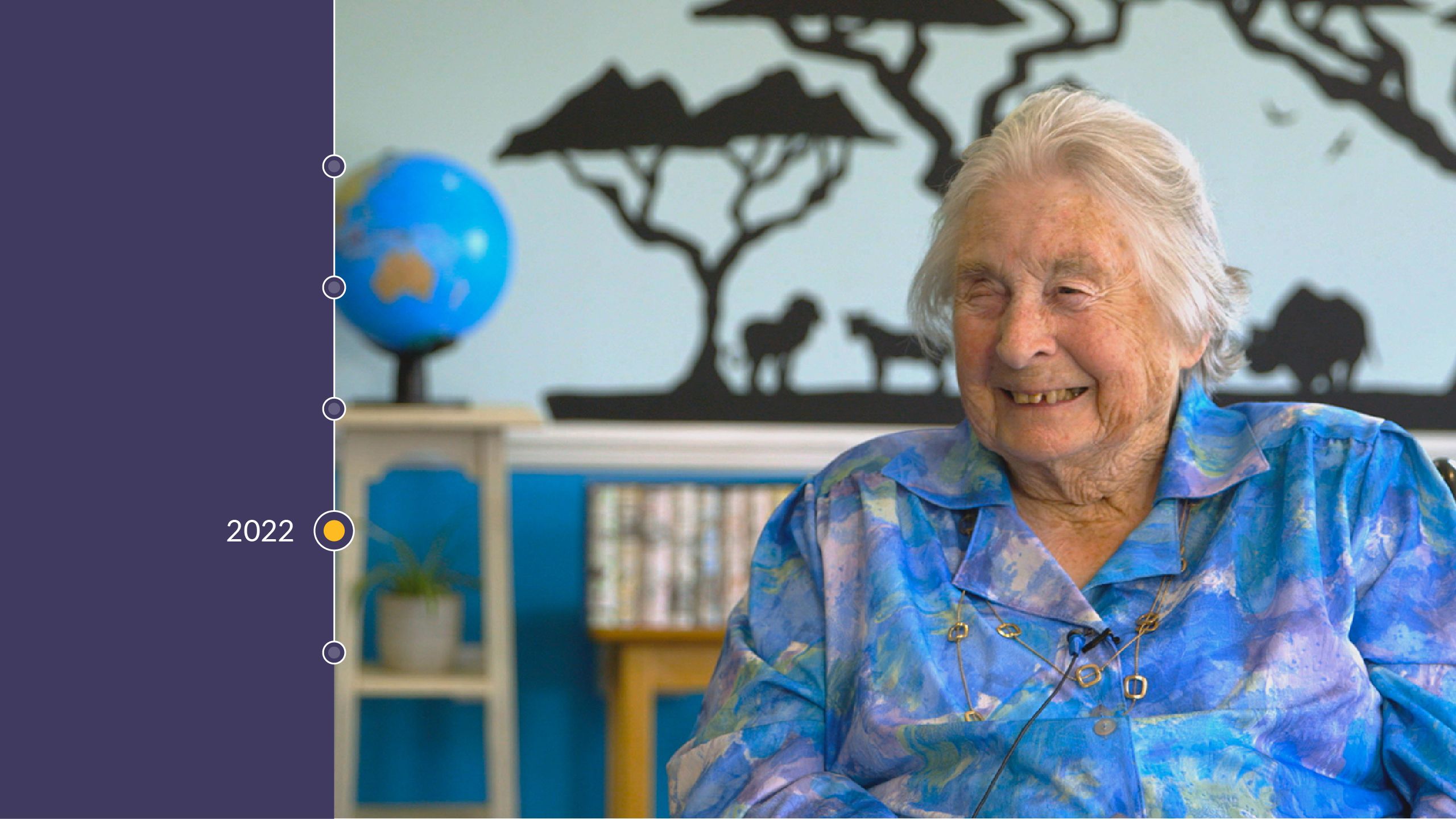
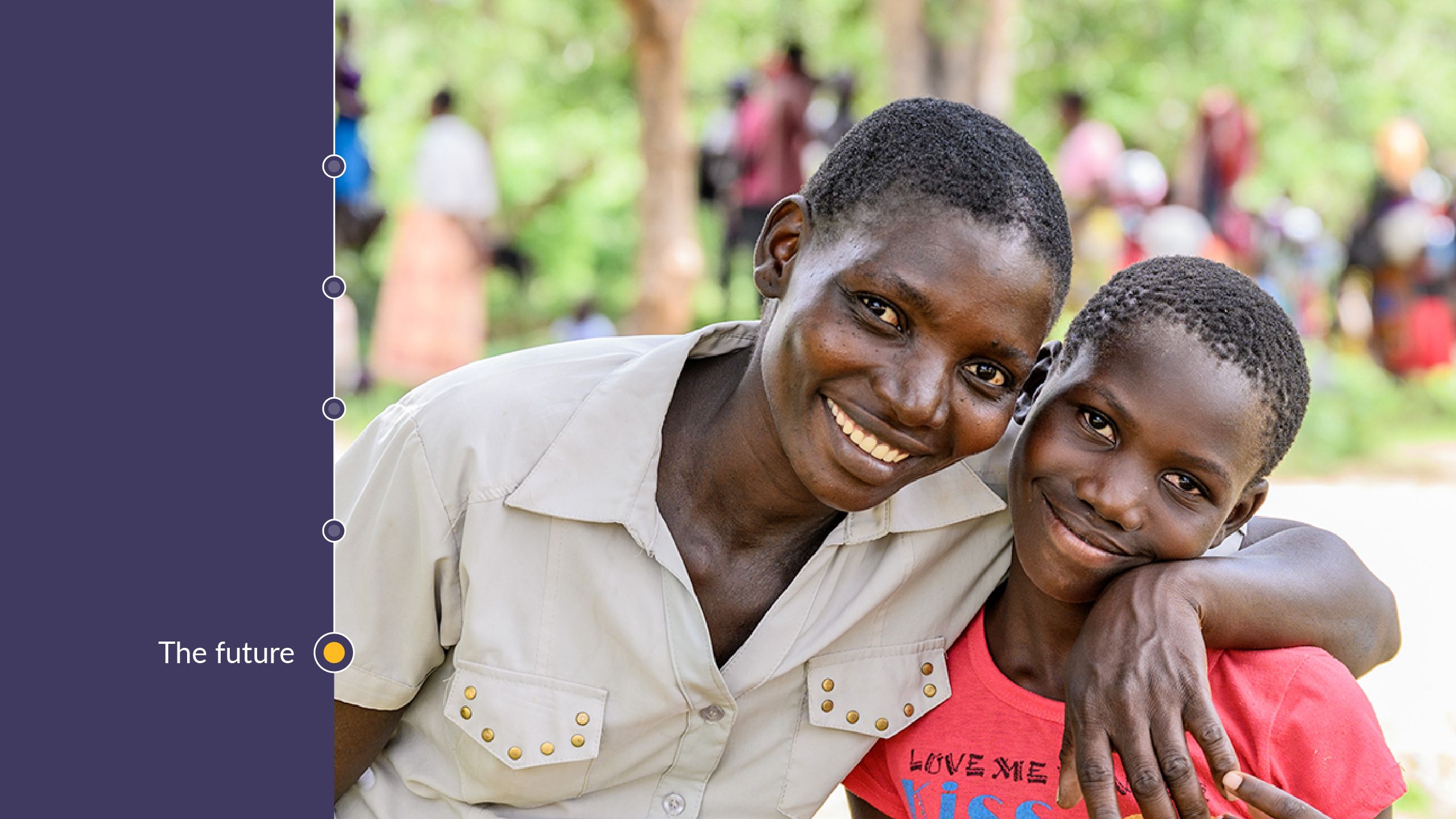
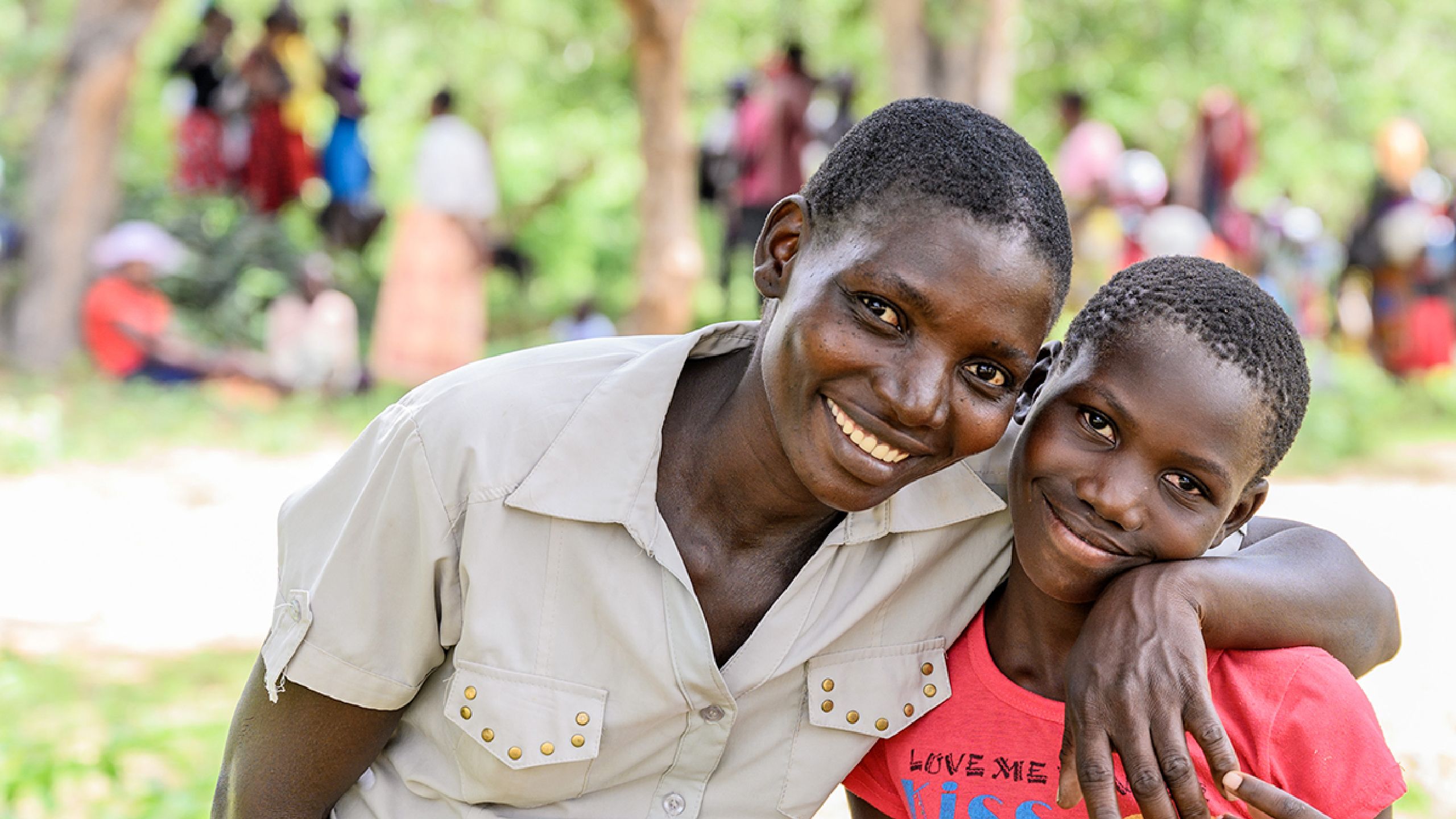
2018
In June 2018, Ghana becomes the first country in sub-Saharan Africa to eliminate trachoma, as validated by the World Health Organization. Ghana’s achievement shows that eliminating the disease is possible, and paves the way for other countries to follow. Read about trachoma elimination in Ghana
2020
As the world adapts to the coronavirus pandemic, Sightsavers helps to develop COVID-19 prevention campaigns in West and Central Africa as part of the Ascend programme. The campaigns aim to combat misinformation and emphasise the importance of hand washing, maintaining physical distance and wearing masks.
2021
More than 21,000 supporters of Sightsavers’ Equal World campaign from 119 countries sign an open letter calling on the leaders of the G7 to meet their commitments on inclusive education for children with disabilities, particularly girls. Watch the campaign video
2022
In August, our co-founder Lady Jean Wilson celebrates her 100th birthday. Read her and Sir John’s exceptional story and learn how their work has helped millions of people.
Looking to the future
In the coming years, we have so much more we want to achieve as an organisation. We expect trachoma to be eliminated in several more countries, and we hope our disability rights campaign will reach even more people to ensure an equal world for all.
Thank you for your support!
With your help we can continue to make a difference to thousands of people’s lives, now and into the future.